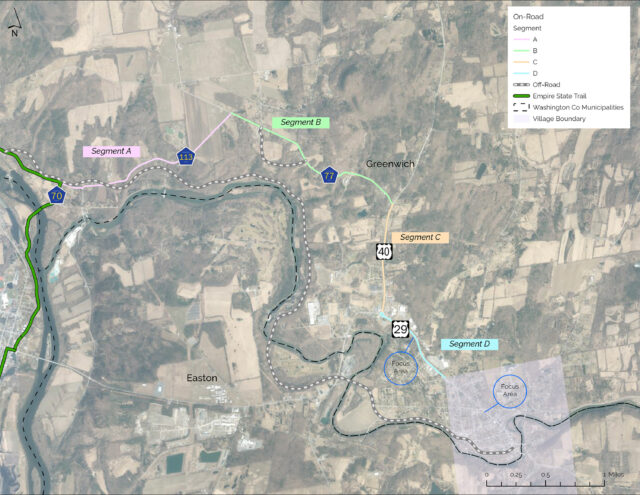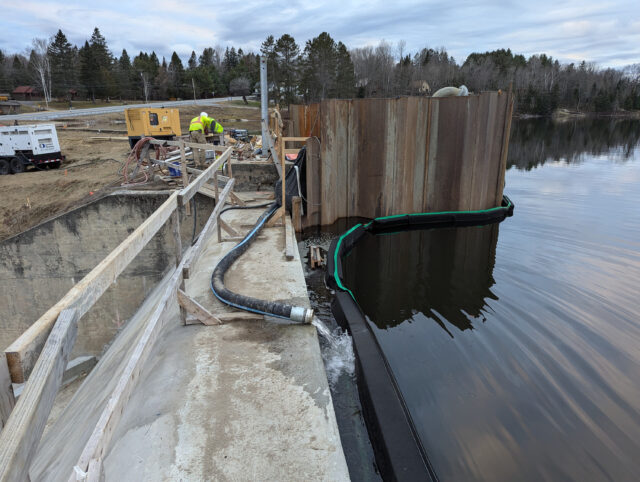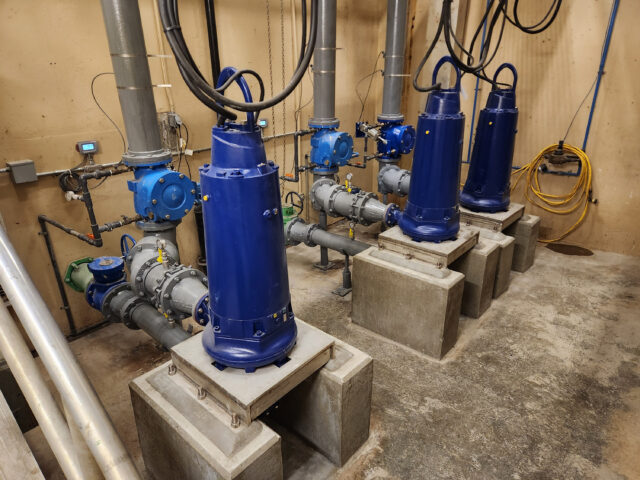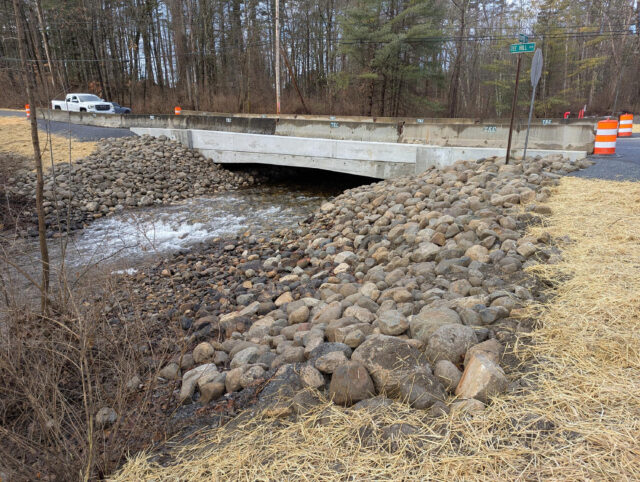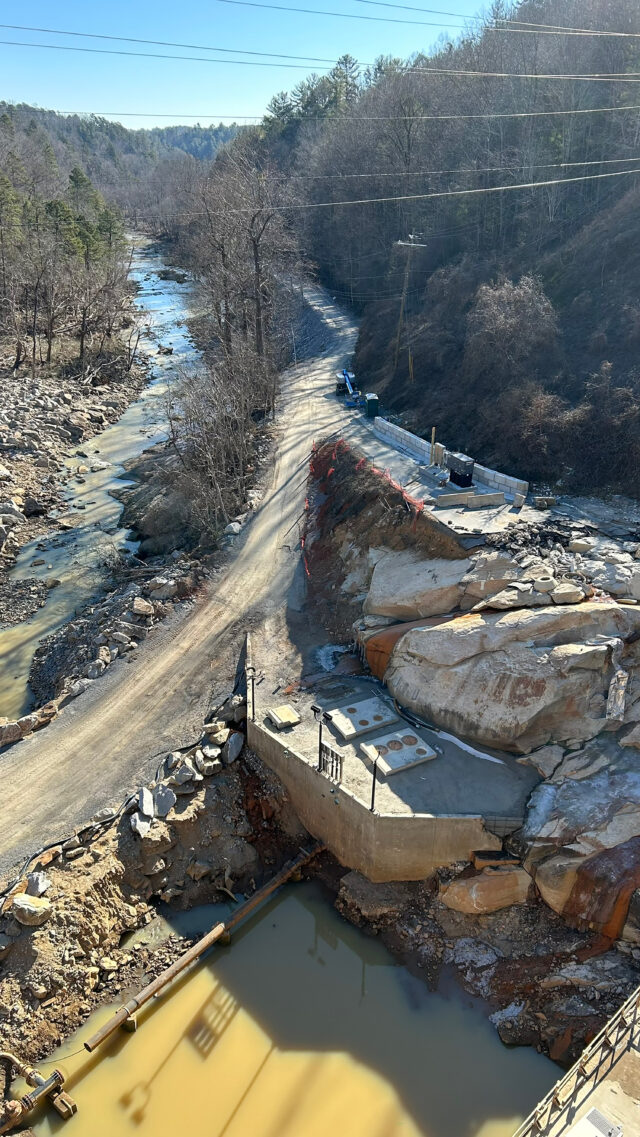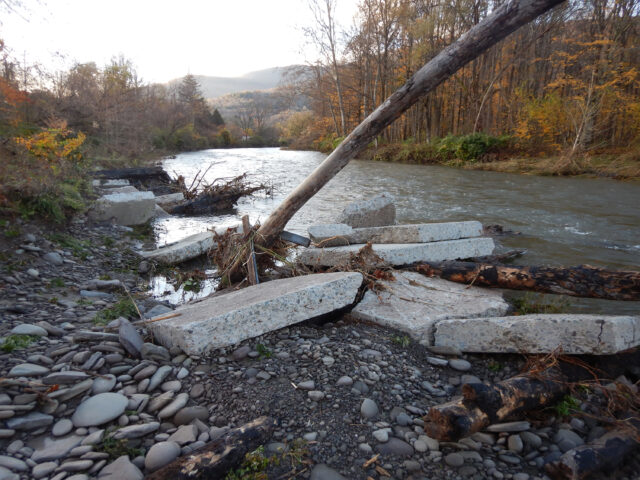


City of Roxboro Wastewater Treatment Plant Upgrade
Newly Stringent Ammonia Limits Leads to Recommendations
The City of Roxboro owns and operates a 5.0 million gallon per day (MGD) rated wastewater treatment plant (WWTP) which was originally constructed in 1963. Various subsequent modifications were implemented in 1983, 1998, 2003, 2008, and 2012. The WWTP currently experiences flows averaging approximately 2.0 MGD, with maximum days (due to inflow and infiltration) exceeding 8.0 MGD. Brief peak flows near 15 MGD have been recorded.
When the NC Department of Environment and Natural Resources (DENR) issued an NPDES Permit for the WWTP in May 2013 that included more stringent ammonia limits than the WWTP is capable of continuously meeting, Roxboro engaged LaBella to study and make recommendations regarding improvements to maintain compliance. LaBella evaluated five alternatives for the project, resulting in a recommendation for an oxidation ditch with influent equalization.
As review of the existing facility was performed, it became apparent that many other components—including items dating back to the original 50+ year old installation—warranted upgrade and/or replacement as well. These included the 15-year old “temporary” chlorine storage / feed building, digester capacity, RAS/WAS pump stations, plant water system, and the lab / administration building.
One significant process challenge at the WWTP is the historically routine receiving of up to 36,000 gallons per day of landfill leachate. Leachate arriving at the WWTP has been measured to contain in excess of 1200 mg/l of ammonia, with averages in the 900 mg/l range. The newly imposed effluent limits made this a critical design criteria.
Load equalization was designed as the first step of mitigating leachate impacts. Separate from the hydraulic equalization, the design includes an 80,000-gallon leachate equalization tank and variable-flow pumps designed to ‘bleed’ 15 to 20 gallons per minute into the oxidation ditch.
In addition, an internal recycle (IR) step was added to the design to provide a more stable process under leachate loading conditions. The inclusion of IR has other added benefits as well—particularly the reduction of oxygen demand and the resultant cost savings due to lower required energy input. IR also provides flexibility to manage alkalinity (and therefore maintain target pH levels in the process) regardless of the variability and/or future growth of influent flowrates.




